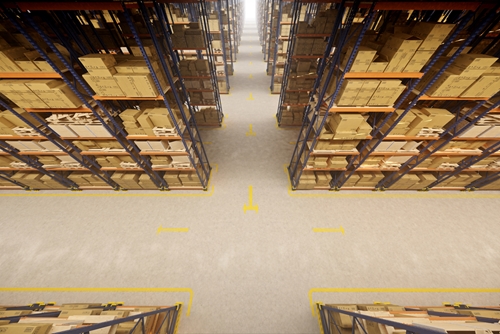How to balance customer experience, packaging performance and shipping costs
Customer experience, performance and shipping are all factors that affect the total value of a shipment.
The global protective packaging market is currently worth $25 billion, according to recent data provided by Future Market Insights, Logistics Management reported. Over the next nine years, the market will grow an estimated 5.3 percent per year, reaching $42 billion by 2026.
More than one-quarter of the market value over the next decade will be attributable to void fill needs, along with block and brace, cushioning, insulation and wrapping. Trends in e-commerce, especially in developing regions, will contribute immensely to the growing market.
"There are many factors that contribute to the actual cost of protective packaging."
As the demand for protective packaging increases, businesses need to consider the cost of related decisions to remain profitable.
It's easy to believe it's as simple as opting for the least expensive packaging option. However, it's important to look beyond the price tag to determine the true cost. In the case of packaging, there are many factors that contribute to the actual cost. For example, customer experience, performance and shipping are all factors that affect the total value of a shipment.
Here's how each of these factors can affect the overall cost impact of a customer's order:
Customer experience
Consider this scenario: A customer receives an order in a dented box, or is missing critical protective materials or, worse, the item is completely damaged.
Is this the first impression you want to make on the customer? Is this the unboxing experience you want shared on social media as a referral for your brand?
Performance
When customers receive damaged orders, they expect that:
- They won't have to pay to ship the item back.
- The company will either replace the broken item for free, or give them a refund.
Both of these customer expectations are expensive for the business. At this point, the customer's order is no longer financially benefiting the company, and instead is costing it money. Ryan Germann, a Pregis e-commerce segment manager, explained to Logistics Management that a negative customer experience is indeed expensive.


